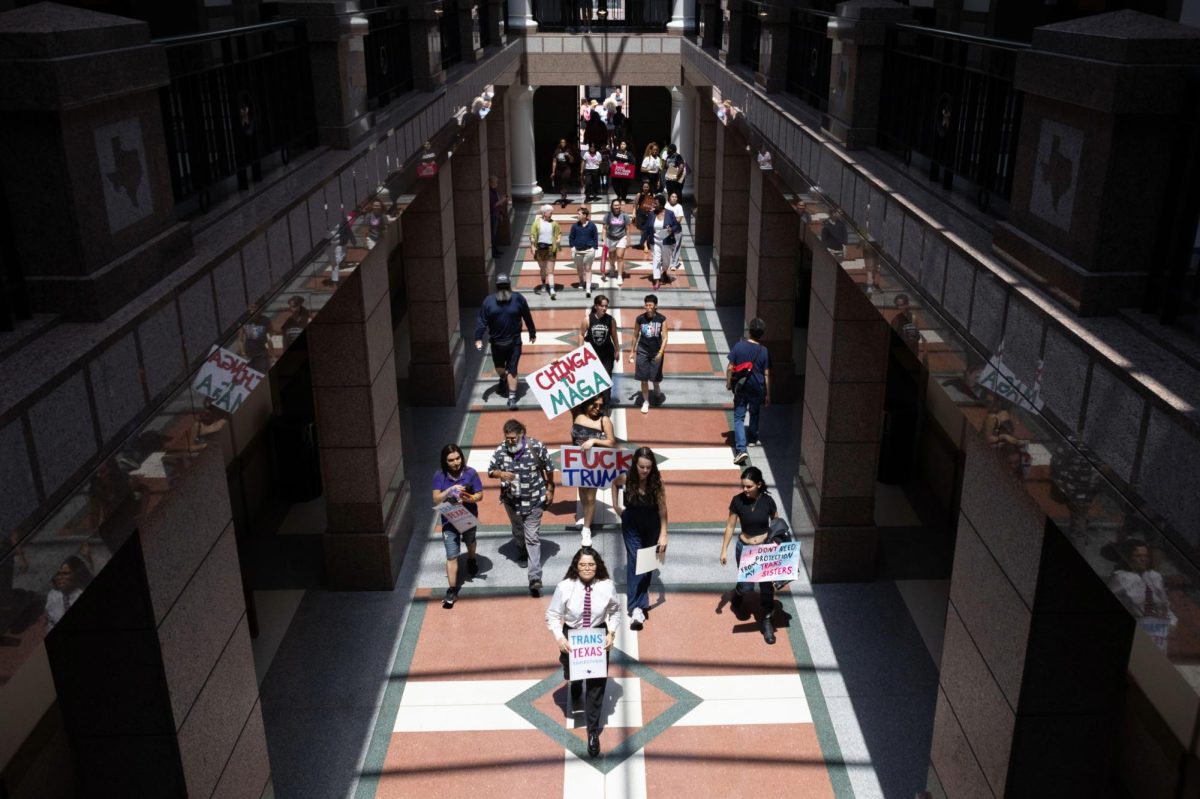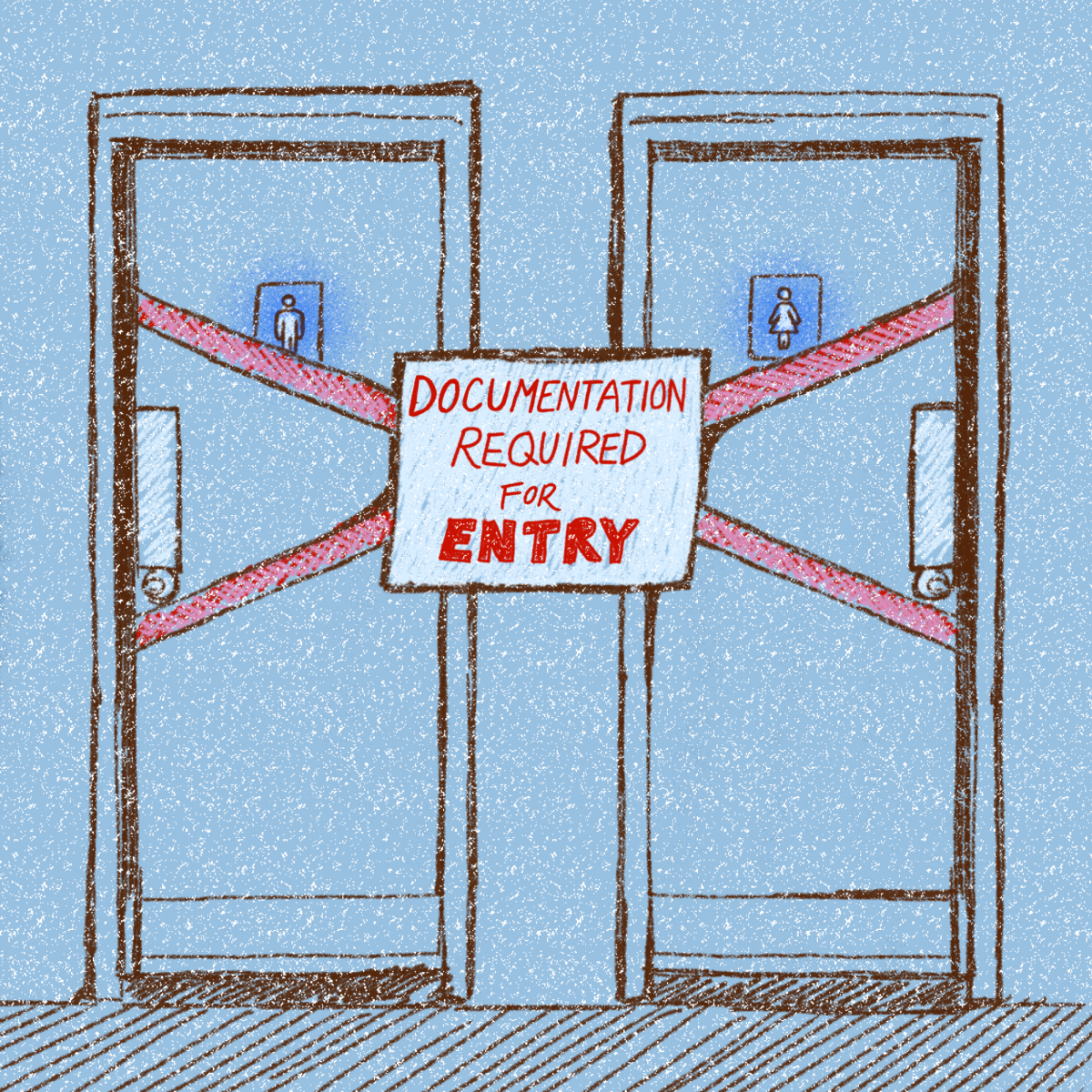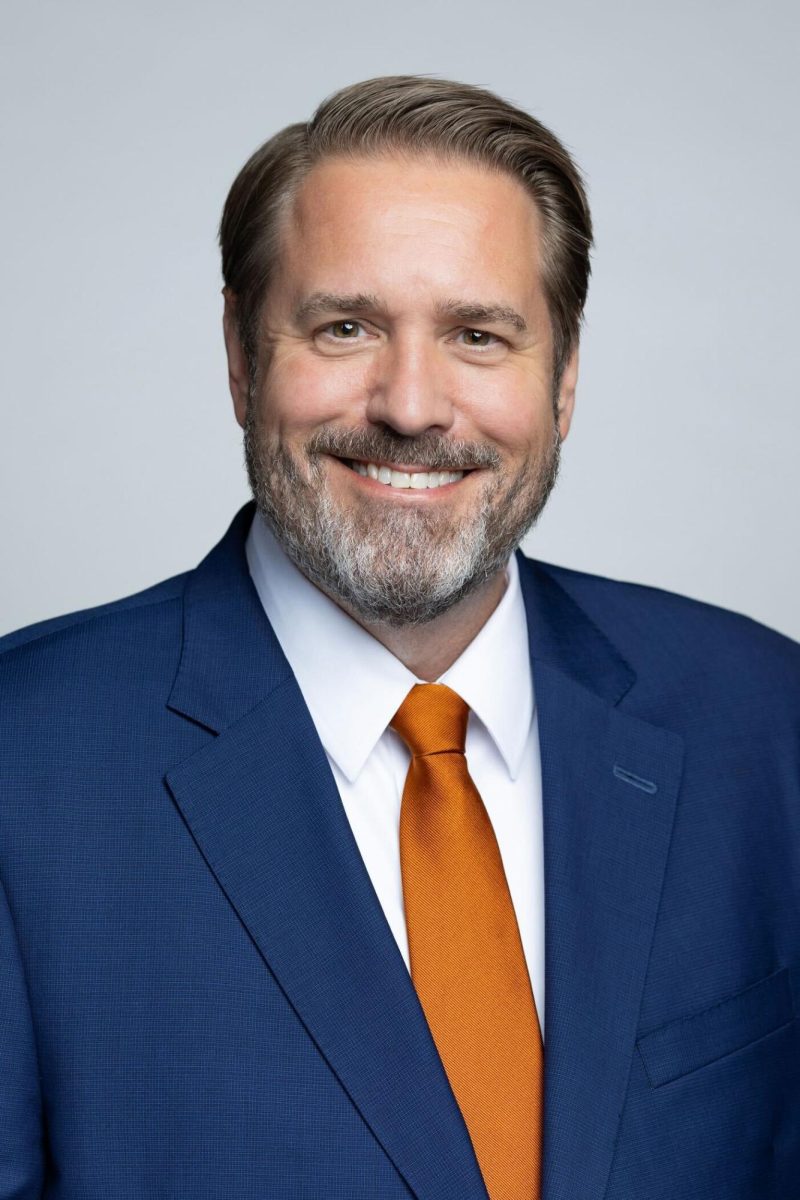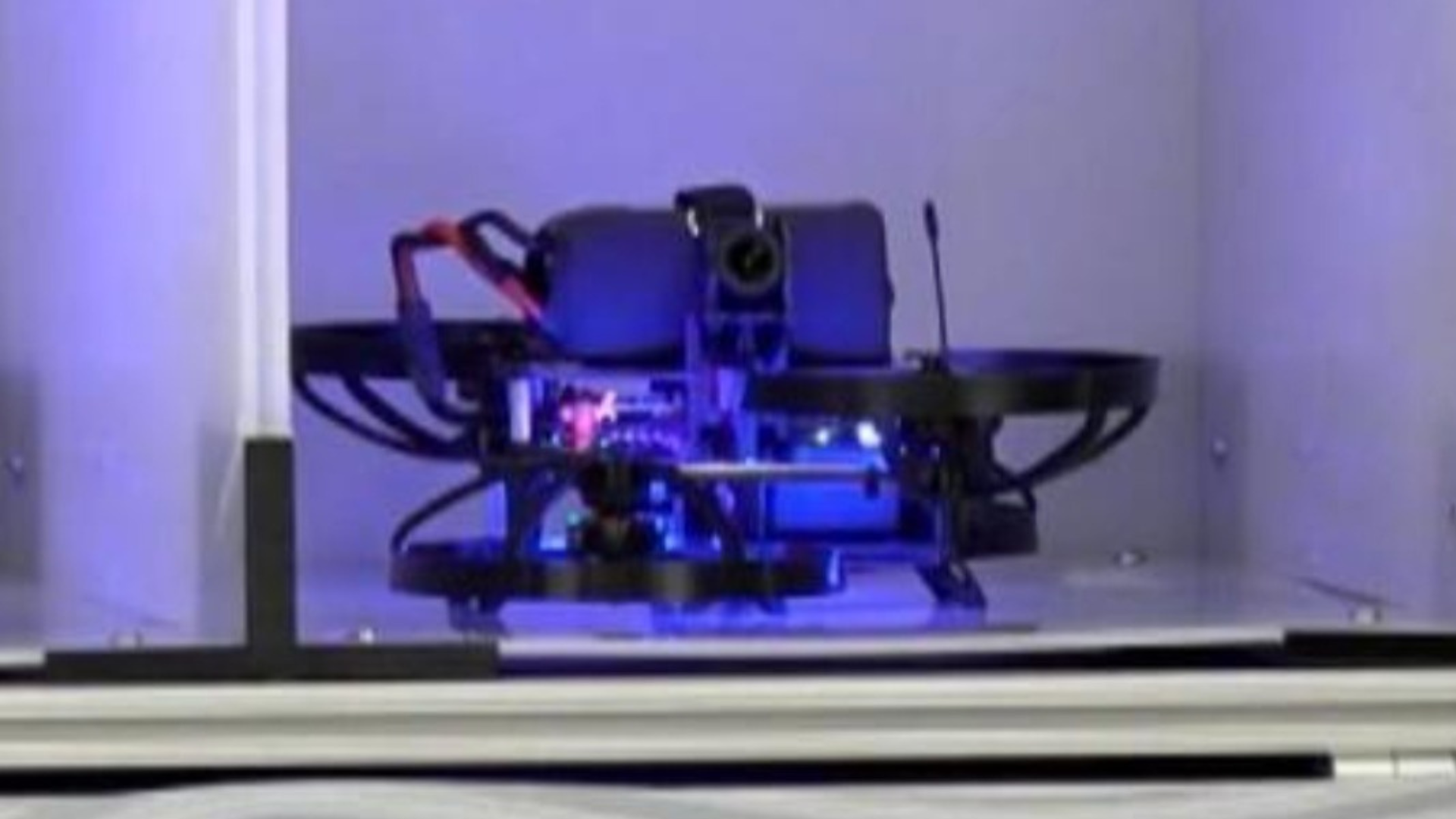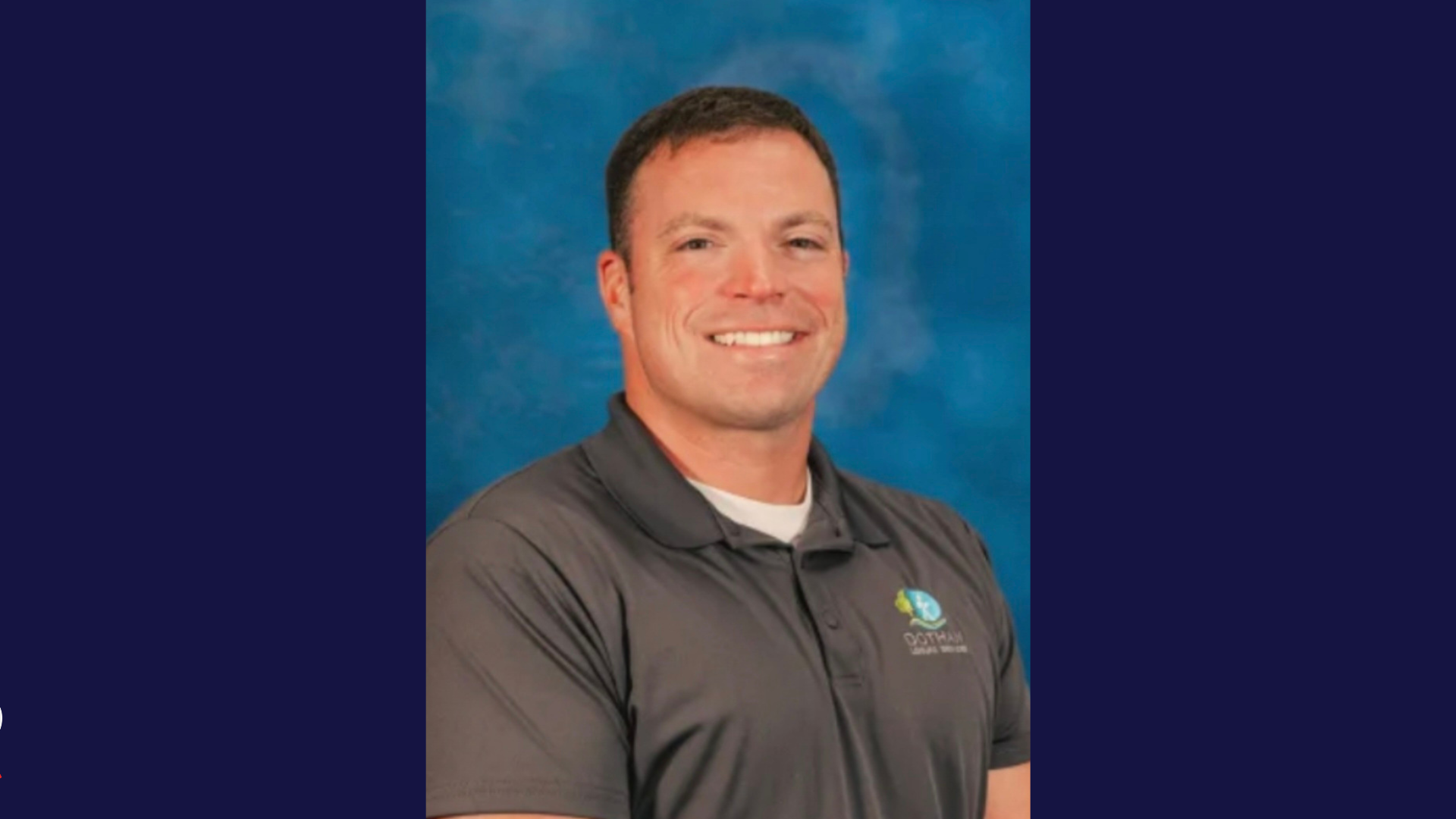One of the topics on the list for the special legislative session was congressional redistricting, and the Texas House heard testimony on the subject on Thursday. The rare attempt to redistrict mid-decade was not supported by any of the five hours of public testimony heard by the House Select Committee on Congressional Redistricting.
Texans urged politicians to oppose efforts to change congressional districts in a crowded hearing room. While some speakers criticized redistricting being prioritized alongside flood aid, others voiced confusion about the decision to convene hearings without a defined map.
According to Joshua Blank, research director for the Texas Politics Project, redistricting is the act of dividing voters equally among districts so that each person’s vote has equal weight. After the U.S. Census, redistricting must be done every ten years.
The Texas Tribune claims that President Donald Trump pushed Governor Greg Abbott to include redistricting on the special session agenda in order to increase the number of Republican seats in the US House of Representatives. Texas residents shouldn’t bow down to anyone in Washington, according to Alicia Perez-Hodge, who testified on behalf of the League of United Latin American Citizens.
“Redistricting is not an apolitical process, even though its goal is to level the playing field for a person’s voting power,” Blank stated.
Politicians frequently use redistricting to draw the boundaries of their reelection campaigns, according to Blank. Since elected officials, who are political individuals themselves, get to decide where the lines of rivalry and conflict will run, it’s perhaps one of the most political procedures.
Since there is no fresh demographic data to support a new map between censuses, congressional maps are intended to remain in place until the next census count, according to Mark Strama, a former state representative and current director of the Annette Strauss Institute for Civic Life. “The Texas House Democratic Caucus fled the state to break quorum, the minimum number of lawmakers needed to conduct business,” he stated, referring to the state’s initial attempt at mid-decade redistricting in 2003.
In an effort to avoid mid-decade redistricting, Texas Democrats are now exploring comparable alternatives. Before Thursday’s hearing, Texas Representative Gina Hinojosa, D-Austin, who represents UT, stated at a rally outside the Texas Capitol that she is ready to break quorum if necessary.
Some student groups are hopeful about redistricting, including the Young Conservatives of Texas chapter at UT. According to an email from the chapter’s executive director, Ethan Xu, every UT student will still have a representative in Congress, even though congressional districts may change.
Nonetheless, Nathaniel Reed, chair of the University Democrats Disability Caucus, and Ally Flores, president of University Democrats, both testified against redistricting on Thursday. While Flores’ speech concentrated on the potential impact redistricting may have on youth, Reed said that it might mark the end of a period in partisan politics.
During her testimony, Flores stated that mid-decade redistricting not only creates uncertainty but also makes it more difficult for young people to participate in a system that is already not designed with them in mind. In addition to juggling work, school, and financial aid deadlines, we are now expected to stay on top of political lines and last-minute changes.

